Amid controversy, industry goes all in on plastics pyrolysis.
Chemical companies are fully backing this plastic waste recycling process. To prove their detractors wrong, they will need to make it work.
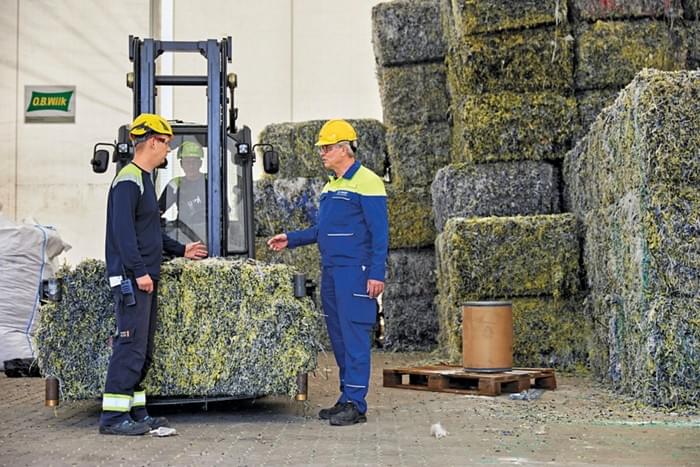
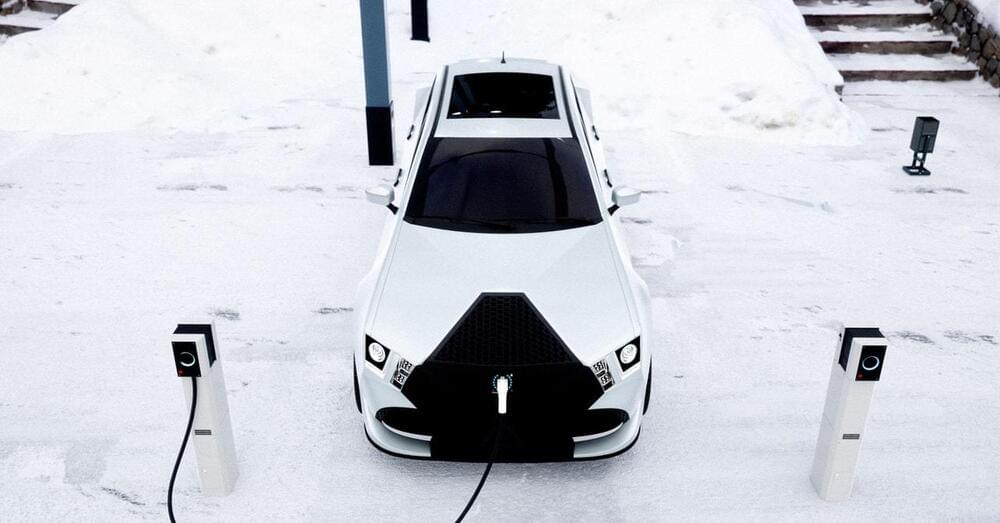
But in the past few years, a climate change hero technology has made its way into electric vehicles, one that has improved—but not solved—their cold weather issues: heat pumps. Heat pumps transfer heat from outside the car to help keep passengers warm, and so avoid sucking too much power away from the battery. And yes, heat pumps can still bring warm air into the car even if it’s freezing outside, albeit with mixed success. As counterintuitive as it sounds, there is still a good amount of heat that can be drawn from air that’s, say, 10 degrees Fahrenheit.
Today, heat pumps come in many, but not all, new electric vehicles. Teslas have come with a proprietary heat pump tech since 2021. Jaguar’s I-Pace has one built in, as does BMW’s latest i-series cars, Hyundai’s Ioniq 5, Audi’s newest e-Tron, and Kia’s new electrified flagship, the EV9.
“Any electric vehicle that comes out right now and doesn’t have a heat pump is a dinosaur already,” says John Kelly, an automotive technology professor and instructor focusing on hybrid and electric vehicle technology at Weber State University.
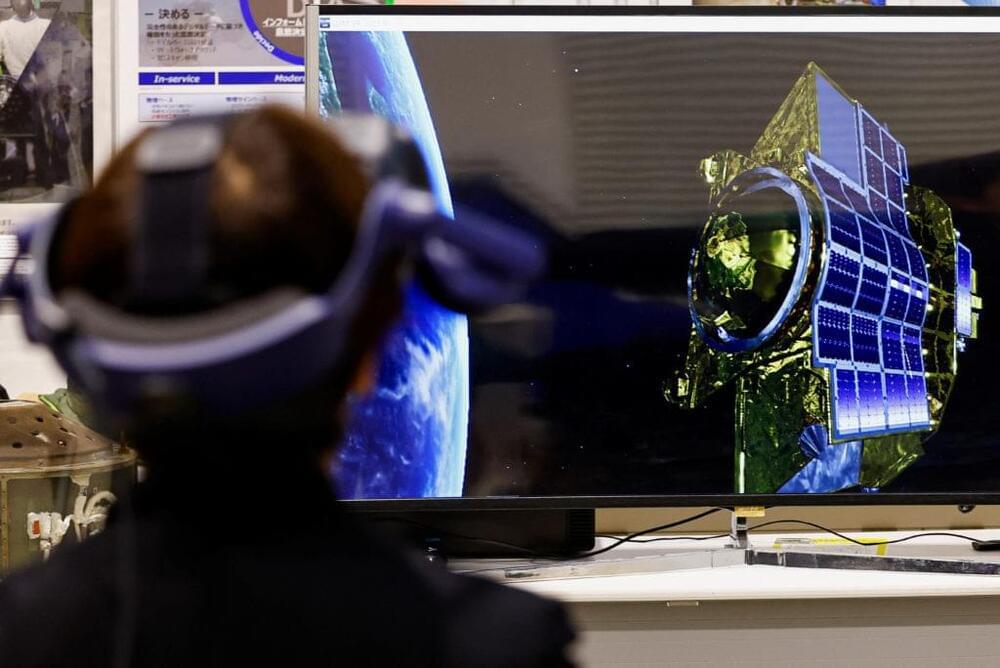
TOKYO (AP) — Japan became the fifth country in history to reach the moon when one of its spacecrafts without astronauts successfully made a soft landing on the lunar surface early Saturday.
However, space officials said they need more time to analyze whether the Smart Lander for Investigating Moon, or SLIM, achieved its mission priority of making a pinpoint landing. They also said the craft’s solar panel had failed to generate power, which could shorten its activity on the moon.
Space officials believe the SLIM’s small rovers were launched as planned and that data was being transmitted back to Earth, said Hitoshi Kuninaka, head of the Institute of Space and Astronautical Science, a unit of Japan’s space agency.
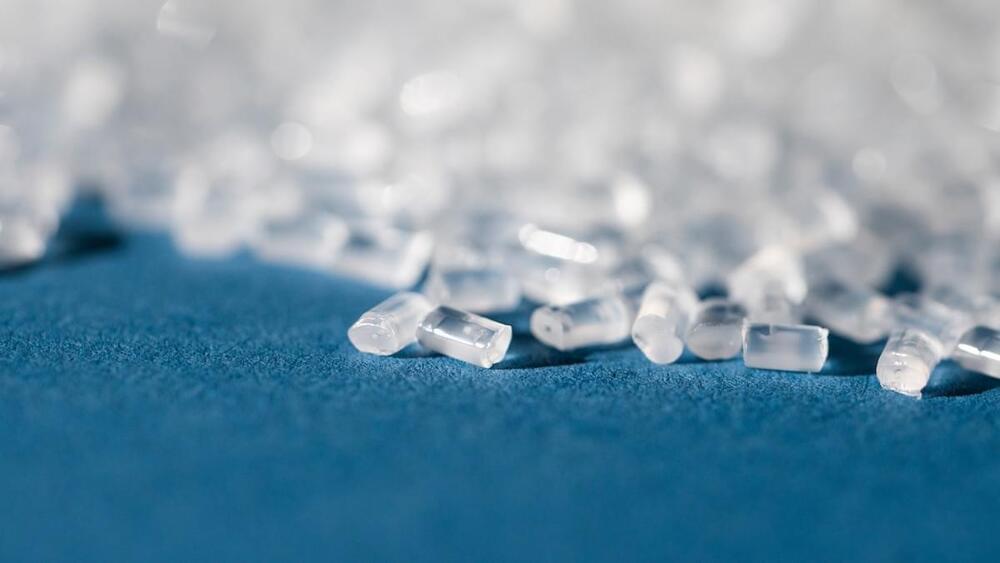
Using AI and cloud computing, Microsoft was able to identify promising new battery materials for the Department of Energy (DoE) — in a fraction of the time it would usually take.
The challenge: Batteries are an essential part of the clean energy future. We need them to power electric vehicles and to store energy from solar and wind.
Currently, lithium-ion batteries are our best option for both of these uses, but they aren’t ideal. Because lithium is relatively scarce, it’s also expensive, and the metal is often unethically mined using child labor and environmentally destructive processes.

The OpenDAC project is a collaborative research project between Fundamental AI Research (FAIR) at Meta and Georgia Tech, aimed at significantly reducing the cost of Direct Air Capture (DAC).
Direct Air Capture (DAC) involves directly capturing carbon dioxide from the atmosphere and has been widely recognized as a crucial tool in combating climate change. Despite its potential, the broad implementation of DAC has been impeded by high capture costs. Central to overcoming this hurdle is the discovery of novel sorbents — materials that pull carbon dioxide from the air. Discovering new sorbents holds the key to reducing capture costs and scaling DAC to meaningfully impact global carbon emissions.
The DAC space is growing rapidly with many companies entering the space. To engage the broader research community as well as the budding DAC industry, we have released the OpenDAC 2023 (ODAC23) dataset to train ML models. ODAC23 contains nearly 40M DFT calculations from 170K DFT relaxations involving Metal Organic Frameworks (MOFs) with carbon dioxide and water adsorbates. We have also released baseline ML models trained on this dataset.

Forests serve as crucial players in the fight against climate change due to their ability to absorb and store carbon. A recent study, with contributions from researchers at Northern Arizona University, is poised to revolutionize forest conservation strategies across the United States. This study introduces innovative and precise models designed to more accurately estimate and forecast the carbon storage capacity of forests.
The U.S. Forest Service, along with an impressive list of research partners including those at Northern Arizona University, has introduced new National Scale Volume Biomass (NSVB) models that provide a consistent and scientifically accurate method to predict tree volume, biomass (a term that describes the collective mass of the woody parts of trees) and carbon content nationwide.
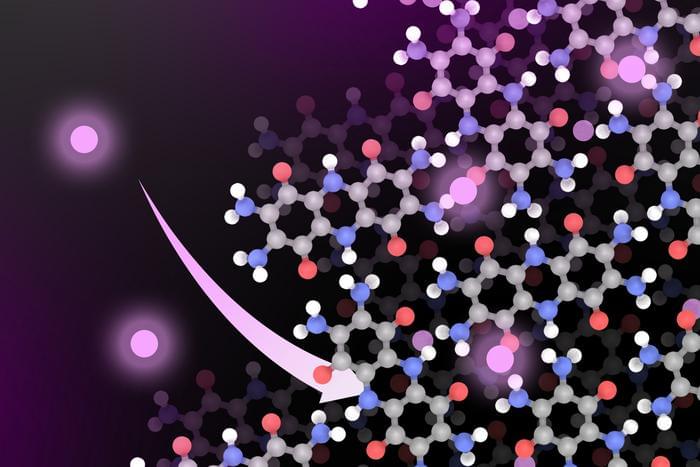
“I think this material could have a big impact because it works really well,” said Dr. Mircea Dincă. “It is already competitive with incumbent technologies, and it can save a lot of the cost and pain and environmental issues related to mining the metals that currently go into batteries.”
Electric vehicles (EVs) have become a household name in the last few years with several companies fighting to compete in the everchanging EV landscape as EV technology continues to improve in cost, efficiency, and the materials used to manufacture the batteries responsible for sustaining this clean energy revolution. While EV batteries have traditionally used cobalt for their battery needs, a recent study published in ACS Central Science discusses how organic cathode materials could be used as a substitute for cobalt for lithium-ion batteries while potentially offering similar levels of storage capacity and charging capabilities, as cobalt has shown to be financially, environmentally, and socially expensive.
“Cobalt batteries can store a lot of energy, and they have all of features that people care about in terms of performance, but they have the issue of not being widely available, and the cost fluctuates broadly with commodity prices,” said Dr. Mircea Dincă, who is a W.M. Keck Professor of Energy at MIT and a co-author on the study.
For their study, the researchers constructed a layered organic cathode comprised of cellulose, rubber, and other Earth-based elements. The team then subjected their organic cathode to a variety of tests, including energy storage, delivery, and charging capabilities. In the end, they found their cathode’s capabilities exceed most cobalt-based cathodes, including a charge-discharge time of 6 minutes. Additionally, while battery cathodes are known for significant wear and tear due to cracking from the flow of lithium ions, the researchers noted that the rubber and cellulose materials helped extend the battery cathode’s lifetime.
Caltech’s Space Solar Power Demonstrator (SSPD-1) was launched into space one year ago.
After nearly a year in orbit, Caltech’s Space Solar Power Demonstrator (SSPD-1) reached its end of mission.
